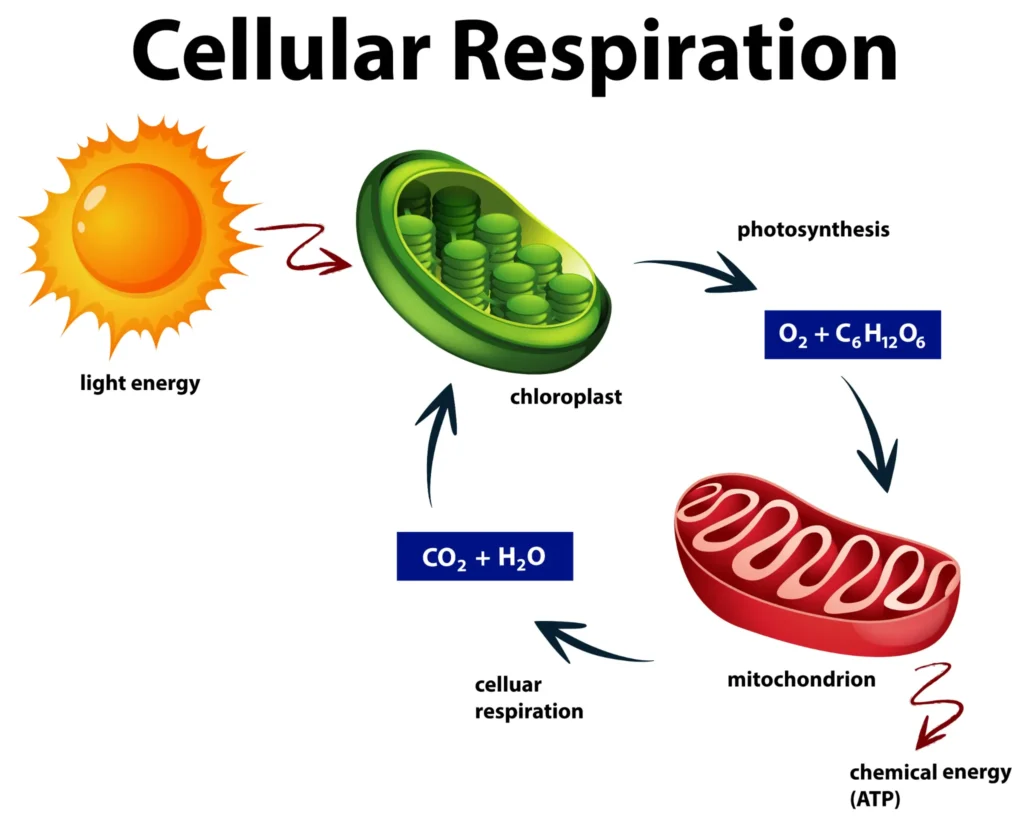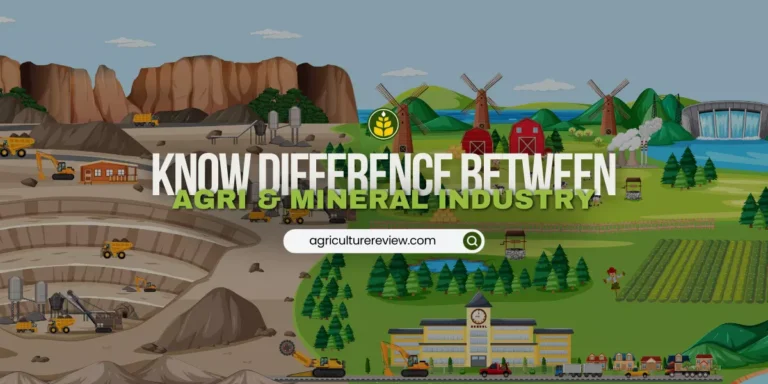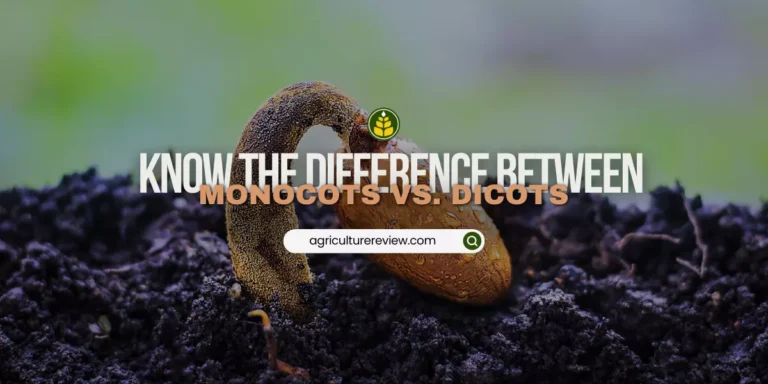Cellular respiration is a series of metabolic reactions that occur within cells in the cytoplasm and mitochondria in which food in the form of sugar (glucose) and the presence of oxygen is converted to carbon dioxide, water, and energy (ATP). In the presence of oxygen, sugar is broken down to produce energy in the form of ATP (adenosine triphosphate).

The three stages of cellular respiration are Glycolysis, Krebs cycle (Citric Acid Cycle) and Electron Transport Chain. Cellular respiration starts with the glycolysis that happens in the cytoplasm outside mitochondria in the cell. With the help of enzymes, glucose is broken down into 2 molecules of Pyruvate. During this process, 2 ATP are produced and NADH is released to be used in later stages of cellular respiration.
Once this process is completed, then Pyruvate molecules move inside the mitochondrial matrix in the mitochondria and the next process begins. It is a preparatory reaction in which Pyruvate molecules are converted into acetyl CoA, Carbon Dioxide and NADH are released.
In stage 2, which is the Kreb cycle, also known as the Citric Acid cycle, the acetyl CoA combines with a four-carbon molecule and with the help of enzymes they are oxidized releasing Carbon Dioxide, NADH, FADH2 and 2 ATP molecules. At last, in the Electron Transport Chain, NADH and FADH2 from the previous reactions give up electrons to the Electron Transport chain, thus energy is released as electrons move from higher energy to the lower energy state initiating chain reactions that activate protein channels to pump H+ ions out of the mitochondrial matrix.
Once the hydrogen ions are pulled out of the matrix they accumulate in very large amounts and activate ATP synthase, thus forming ATP at the end.
Points To Remember
| Serial Number | Stage Name | End Products |
|---|---|---|
| 1. | Glycolysis | Two molecules of pyruvate, ATP, NADH, and water. |
| 2. | Pyurivate Oxidation | Two acetyl CoA, 2 NADH, two carbon dioxide, and a hydrogen ion. |
| 3. | Kreb Cycle | Citric acid, two molecules of carbon dioxide, three molecules of NADH, one molecule of FADH2 and ATP are produced. |
| 4. | Electron Transport Chain | 30 to 32 ATP, NAD+, FAD, water and protons. |
| 5. | Cellular Respiration | Carbon dioxide, water, and energy (ATP). |
If you have any queries, ideas or suggestions, then please comment below. You can also connect with Agriculture Review on Facebook, Instagram, Koo and WhatsApp Messenger.





